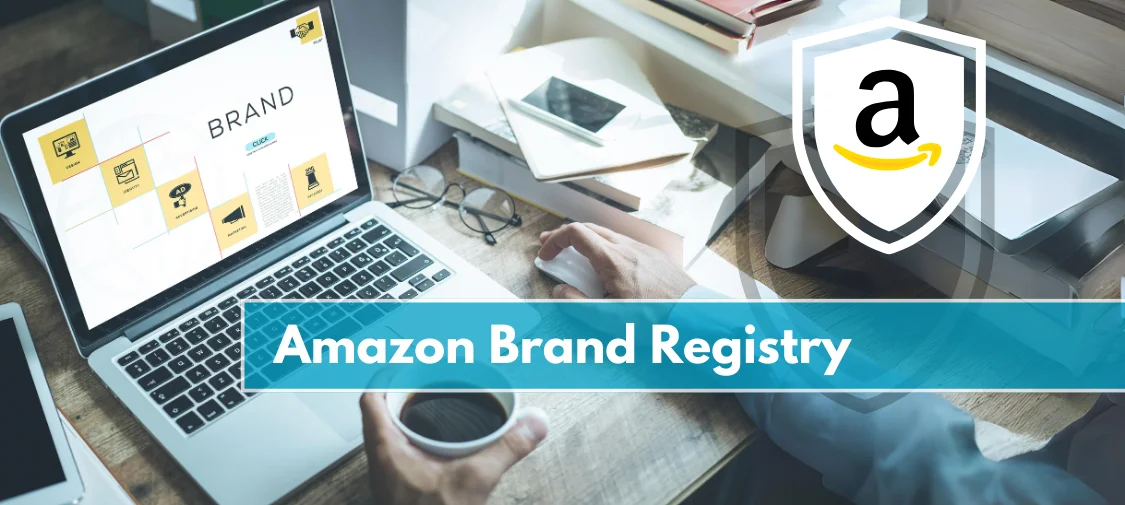Amazon
How to Handle Amazon Quantity Limits in 2024
For brands and retailers selling on Amazon, staying on top of inventory is one of the biggest challenges. While you might want to keep stock levels high to meet growing demand, Amazon quantity limits can restrict the amount of inventory you can send to their fulfillment centers, affecting your ability to fulfill orders smoothly. In 2024, managing these quantity limits effectively will be key to ensuring your business runs seamlessly.
In this blog, we’ll walk you through the ins and outs of handling Amazon’s quantity limits, what they mean for your business, and strategies to avoid disruptions in your sales.
Understanding Amazon Quantity Limits
Amazon quantity limits are the restrictions Amazon places on the number of units you can send to their fulfillment centers, especially if you use Fulfillment by Amazon (FBA). These limits are based on several factors such as your product’s demand, sales velocity, and your Inventory Performance Index (IPI) score.
Amazon uses quantity limits to optimize the space in their warehouses, which helps ensure fast and efficient shipping to customers. But for sellers, especially those growing quickly or running promotions, these limits can pose logistical challenges. You need to manage your inventory more effectively to prevent stockouts or overstock situations.
Amazon introduced stricter quantity limits in recent years as part of their effort to maintain more balanced and efficient fulfillment center operations.
Why Does Amazon Set Quantity Limits?
Amazon’s fulfillment centers are vast, but they’re not infinite. They have to manage space carefully, especially during peak seasons like Black Friday or Prime Day when warehouse space is at a premium.
Plan Ahead for Busy Seasons on Amazon!
Amazon’s fulfillment centers often face high congestion during peak seasons, such as the holiday period from November to mid-December. This can cause delays in processing shipments and impact the availability of new slots for sending additional inventory. To avoid stockouts or disruptions in sales, it’s critical to send inventory early and stay ahead of Amazon’s shipping restrictions.
As announced by Amazon, their Send It Again feature allows sellers to easily duplicate SKU(s) and quantities from previous shipments in one click, making it quicker to replenish stock during busy times.Visit Amazon Seller Central > Manage Shipments to learn more!
Quantity limits are set to avoid clogging up fulfillment centers with slow-moving products, while also ensuring that fast-selling products have enough stock to meet demand. Your inventory storage limits are closely tied to your IPI score. The higher your score, the more space you’re likely to have. Brands with poor inventory performance often face tighter restrictions, which could disrupt sales and limit growth.

Tips for Managing Amazon Quantity Limits in 2024
1. Optimize Your Inventory Levels
One of the most important strategies to handle quantity limits is to keep your inventory levels well-optimized. Sending too much inventory can result in overstocking and higher storage fees, while too little can lead to stockouts and missed sales opportunities.
To achieve the right balance, use inventory forecasting tools to predict demand based on historical sales data and seasonal trends. This helps ensure you always have the right amount of stock available.

2. Monitor Your Sell-Through Rate
Amazon considers your sell-through rate—the speed at which you sell inventory—when setting quantity limits. A slow sell-through rate can hurt your IPI score and lead to stricter quantity restrictions.
To improve your sell-through rate:
- Run targeted promotions to boost sales.
- Regularly review your pricing strategy to ensure your products remain competitive.
- Identify slow-moving products and consider running discounts to clear out old inventory.

3. Use Third-Party Logistics (3PL) Solutions
If Amazon’s quantity limits are too restrictive, consider using third-party logistics (3PL) solutions for additional storage space. By storing part of your inventory with a 3PL provider, you can avoid reaching Amazon’s fulfillment center limits while still maintaining inventory flexibility.
A 3PL provider can store your products and ship them to Amazon’s fulfillment centers in smaller, more manageable quantities, keeping you within your quantity limits.

Whether you’re an established brand or recently started selling on Amazon and are actively seeking alternatives to Amazon FBA, then 3PL providers may just be the right choice for you. Explore all the ways a 3PL provider can help you resolve your business’ inventory management fiasco by clicking here.
4. Focus on Improving IPI Score
Your Inventory Performance Index (IPI) score is a key factor in determining how much inventory Amazon allows you to send to their fulfillment centers. The IPI score is based on four metrics: excess inventory, sell-through rate, stranded inventory, and in-stock inventory.
To improve your IPI score:
- Reduce excess inventory: Identify products that aren’t moving and offer discounts or run special promotions to clear out old stock.
- Avoid stranded inventory: Make sure your listings are always active and that no inventory is stranded in Amazon’s fulfillment centers.
- Keep popular items in stock: Ensure your best-selling products are always in stock to maintain strong sales momentum.

A higher IPI score not only improves your inventory limits but can also help you avoid costly long-term storage fees.
5. Use Restock Limits Effectively
In addition to general storage limits, Amazon also sets restock limits based on the demand and sales history of your products. These limits restrict how many units of a specific product you can send to fulfillment centers at one time.
To navigate restock limits effectively:
- Prioritize sending your best-selling and high-margin products first.
- Use Just-In-Time (JIT) inventory strategies to send stock in smaller, more frequent shipments.
Keep track of restock limits by monitoring your Restock Inventory Report in Amazon Seller Central.
Amazon Update Alert!
Amazon is updating its inventory reporting system! The Restock Inventory report will soon be phased out, as Amazon rolls out the improved FBA Inventory report. This new report consolidates all essential inventory metrics into a single view, including sales over various periods (7, 30, 60, 90 days), shipment statuses, recommended restock units, and aged inventory with related fees.
The goal?
A more streamlined way for you to manage your inventory with all critical data in one place. Stay ahead of this change and make sure you’re prepared for the new report format! Visit Amazon Seller Central for a deeper understanding.
Working with Prime Retail Solution to Manage Quantity Limits
Managing Amazon quantity limits can be a challenge, especially for growing brands. That’s where Prime Retail Solution can help. We offer end-to-end support for your Amazon business, including inventory management, listing optimization, and advertising strategies to boost your sell-through rates.
Here’s how Prime Retail Solution can assist:
- Inventory forecasting: We use advanced tools to predict demand, ensuring your inventory is well-optimized to meet Amazon’s quantity limits while maintaining sales flow.
- 3PL services: Prime Retail Solution offers in-house 3PL services, providing seamless warehousing, fulfillment, and shipping solutions, helping you avoid storage issues and stockouts.
- Custom inventory strategies: We create tailored strategies to manage stock levels, shipment timing, and fulfillment optimization, ensuring compliance with Amazon’s requirements while boosting sales.
Conclusion: Stay Ahead of Amazon Quantity Limits in 2024
Handling Amazon quantity limits doesn’t have to be a headache. With the right strategies, tools, and a proactive approach, you can manage your inventory effectively and keep your business growing. Whether it’s optimizing your IPI score, utilizing 3PL solutions, or partnering with experts like Prime Retail Solution, you’ll have everything you need to navigate Amazon’s quantity limits in 2024.Ready to take control of your inventory and boost your sales on Amazon? Contact Prime Retail Solution today and let our experts help you handle quantity limits smoothly.
Share





